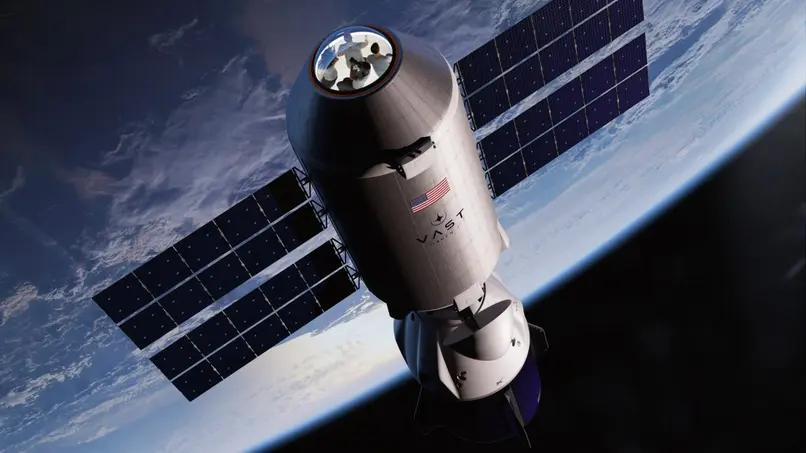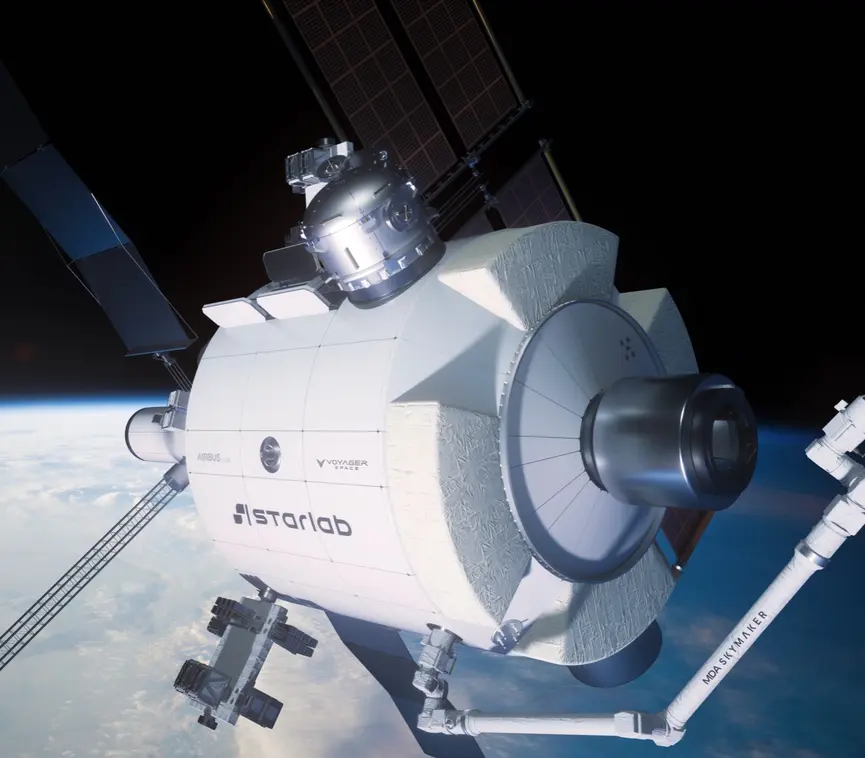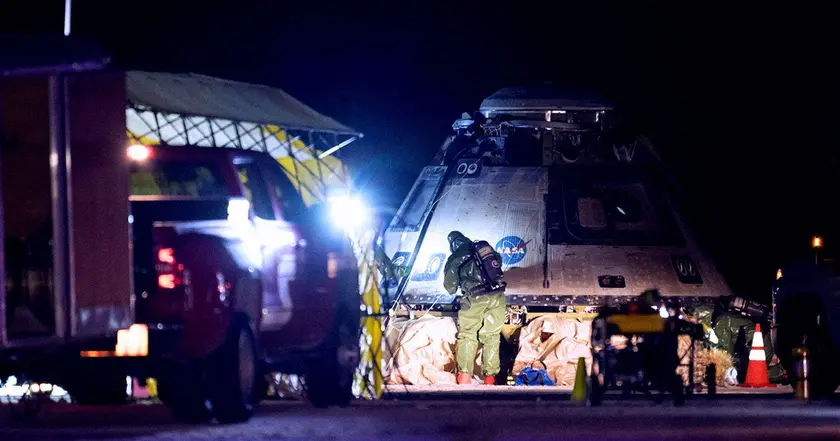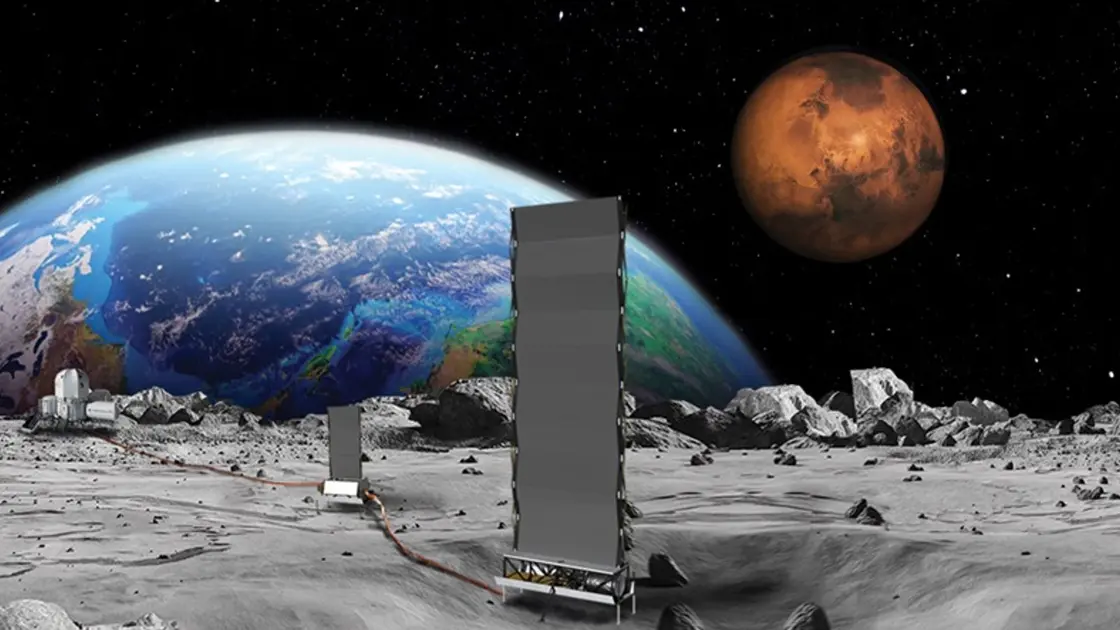T4K3.news
NASA reveals new strategy for commercial LEO space stations
NASA outlines its plan for replacing the ISS with new commercial platforms through a revised acquisition strategy.

NASA reveals a revised approach for commercial low Earth orbit stations to ensure mission continuity after ISS decommissioning.
NASA outlines new strategy for commercial LEO space stations
NASA has issued a directive concerning its updated strategy for Commercial Low Earth Orbit (LEO) Destinations. This comes as the agency plans to decommission the International Space Station (ISS) by 2030. The directive highlights a budget of $272.3 million for FY2026, aiming to promote the development of new commercial space stations. Key points include the implementation of accountability measures and the transition from ISS operations to commercial platforms. The revised strategy seeks to expedite contracts with U.S. companies, ensuring a smooth continuity of human space activities in LEO. The new approach includes multiple funded Space Act Agreements, providing flexibility and support to the industry while promoting competitive development processes throughout.
Key Takeaways
"This directive includes accountability measures and performance metrics for industry participation."
This statement outlines the importance of accountability in the new commercial strategy.
"The urgency for effective commercial platforms cannot be overstated."
This highlights the critical nature of transitioning from ISS to commercial operations.
The shift in NASA's strategy underscores the increasing reliance on private entities for space exploration. As the ISS approaches retirement, the urgency for effective commercial platforms cannot be overstated. NASA’s choice to utilize funded Space Act Agreements allows for a more agile partnership with industry partners, which may lead to quicker innovations and better alignment with national goals. However, this initiative also raises concerns regarding budgetary adequacy and the risks associated with relying on commercial companies to fill the void left by the ISS.
Highlights
- NASA is paving the path to the future of commercial space travel.
- Funding flexibility may lead to quicker innovations in space.
- The ISS's retirement opens doors for new commercial opportunities.
- Accountability measures could redefine industry partnerships.
Budget concerns over commercial space strategy
The reliance on a budget that may be insufficient raises concerns about the ability to successfully implement NASA's new strategy for commercial LEO stations.
As NASA navigates this transition, the implications for international partnerships and commercial spaceflight will be significant.
Enjoyed this? Let your friends know!
Related News

NASA updates commercial space station plans

NASA alters plans for commercial space station development

Boeing's Starliner struggles with delays and failures

SpaceX launches Crew-11 astronauts to the ISS

Donald Pettit reveals stunning photography from space

NASA astronauts capture stunning celestial events from ISS

Crew 10 Lands After 148-Day Space Station Mission

NASA plans to send nuclear reactor to the moon by 2030
